This viewpoint is part of Chapter 1 of USMCA Forward 2025, which focuses on areas where deepening cooperation between the United States, Mexico, and Canada can help advance key economic and national security goals.
The economic integration of North America is not a fortuitous phenomenon but rather the outcome of a long historical process that has aligned objectives and interests among three nations with vastly different trajectories. This process has been driven by structural factors, such as geographic proximity and demographic complementarity, which have consistently overcome the obstacles posed by contextual tensions at various stages. From the earliest trade agreements to the consolidation of cross-border value chains, the weight of regional interdependence has prevailed, even in the face of temporary challenges.
Today, we face a new period of scrutiny regarding regional integration, driven by profound geopolitical shifts and significant political transformations within each North American partner. These developments have created challenges that test the stability of supply chains and the regional cooperation painstakingly built over decades. However, history shows that the structural foundations of North America, such as its economic interdependence, are stronger than temporary crises. Regional collaboration continues to yield mutual benefits that, even amid tension, are too valuable to ignore. Past trade disputes and global crises have reinforced, rather than weakened, the bonds between the countries, solidifying the region as a resilient and competitive bloc. This legacy of resilience underscores that the structural dynamics of the region hold a weight that circumstantial crises cannot dismantle.
What should Mexico do regarding these questions about North American integration?
The most important step is maintaining clarity in Mexico about what must be done, irrespective of the uncertainty that has emerged. The priority is to focus on the productive transformation of the country. This involves designing and implementing an industrial policy that strengthens the national content of exports, reduces reliance on imports from outside the region, and develops more advanced productive capacities. This effort is not isolated; globally, countries are rediscovering the importance of industrial policies as a response to challenges such as global supply chain disruptions, the transition toward more sustainable economies, and the need to bolster resilience against future crises. Within this global reorientation, there is a renewed recognition for the role of the State as a key actor in allocating resources to strategic sectors, ensuring that economies are better prepared to compete in an uncertain global environment.
Mexico must focus on consolidating its position as an indispensable partner in the region by leveraging the deep economic interdependence that binds North America together.
Mexico is no exception. The goal is not merely to maintain our position as the United States’ main trading partner, but to establish ourselves as a strategic player within the region. A more advanced and resilient economy will not only benefit Mexico but also strengthen regional integration. In this context, it is imperative for North America to become more competitive, as it now faces global competition that did not exist at the beginning of the integration process. The key lies in ensuring that Mexico’s industrial policy complements the strengths of the United States and Canada. Together, these efforts can create an interdependent industrial ecosystem that enhances North America’s global competitiveness. Mexico must focus on consolidating its position as an indispensable partner in the region by leveraging the deep economic interdependence that binds North America together. This requires redoubling efforts in initiatives that strengthen domestic production and foster shared value chains with the United States and Canada. By prioritizing the development of strategic sectors and local talent, Mexico not only reinforces its economy but also sends a clear message: Regional integration is not a reversible trend but a cornerstone of shared prosperity.
Plan México: A commitment to the future
The Plan México, presented by President Claudia Sheinbaum, is not just a strategic tool but a commitment to the Nation’s future. This Plan aims to position Mexico as a reliable and competitive partner within regional value chains. Through actions that promote innovation, improve infrastructure, and strengthen small and medium-sized enterprises, the Plan addresses current challenges while laying the foundation for a sustainable long-term productive model. Should the risks of de-regionalization not materialize, the Plan México will bolster the country’s standing as an attractive partner. And if they do, it will enable Mexico to confront adversities with a more prepared and resilient economy. By maintaining a clear vision and coordinated actions, its effective implementation will ensure that the opportunities of regional integration translate into tangible benefits for the well-being of the Mexican people.
While current challenges may slow down the pace of integration, they will not alter its long-term trajectory. North America is built on solid foundations, and Mexico is committed to becoming a key partner in this regional project. The future of the region will continue to be defined by its integration, and Mexico is poised to be a vital contributor to its success.
The Brookings Institution is committed to quality, independence, and impact.
We are supported by a diverse array of funders. In line with our values and policies, each Brookings publication represents the sole views of its author(s).

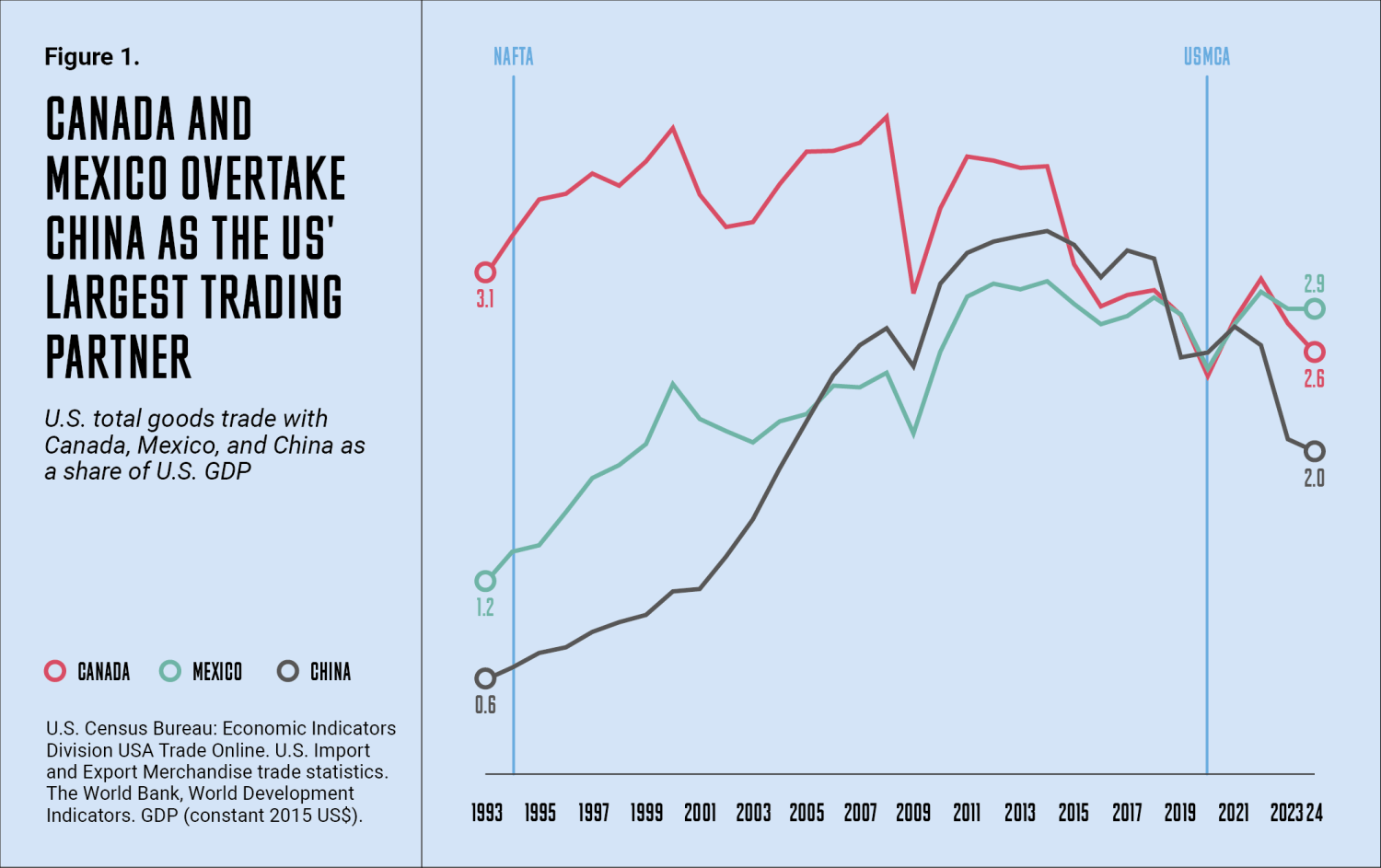
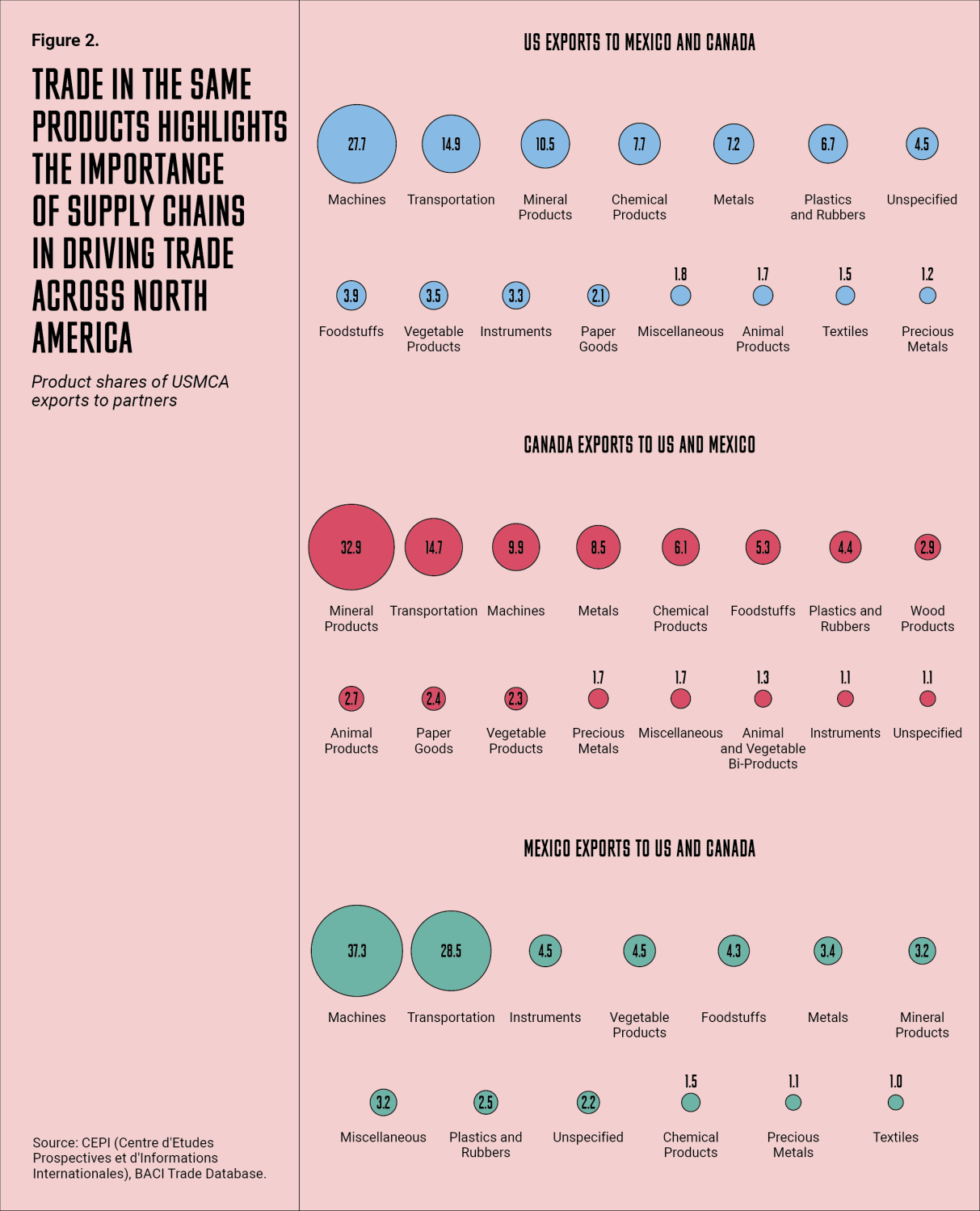

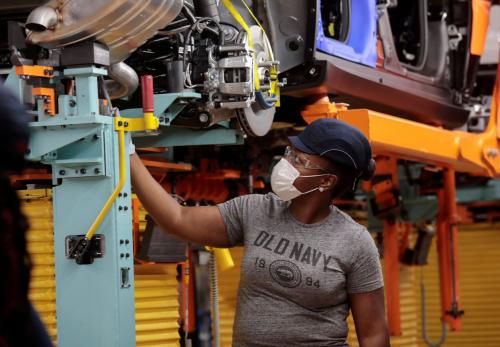

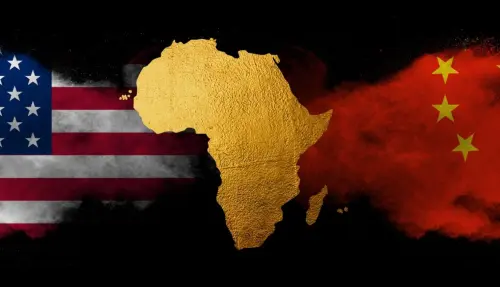

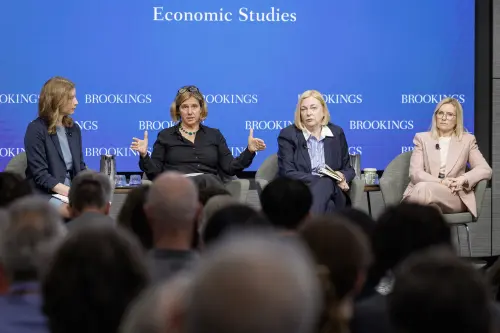
Commentary
Plan México: Building a solid and competitive North America
March 5, 2025